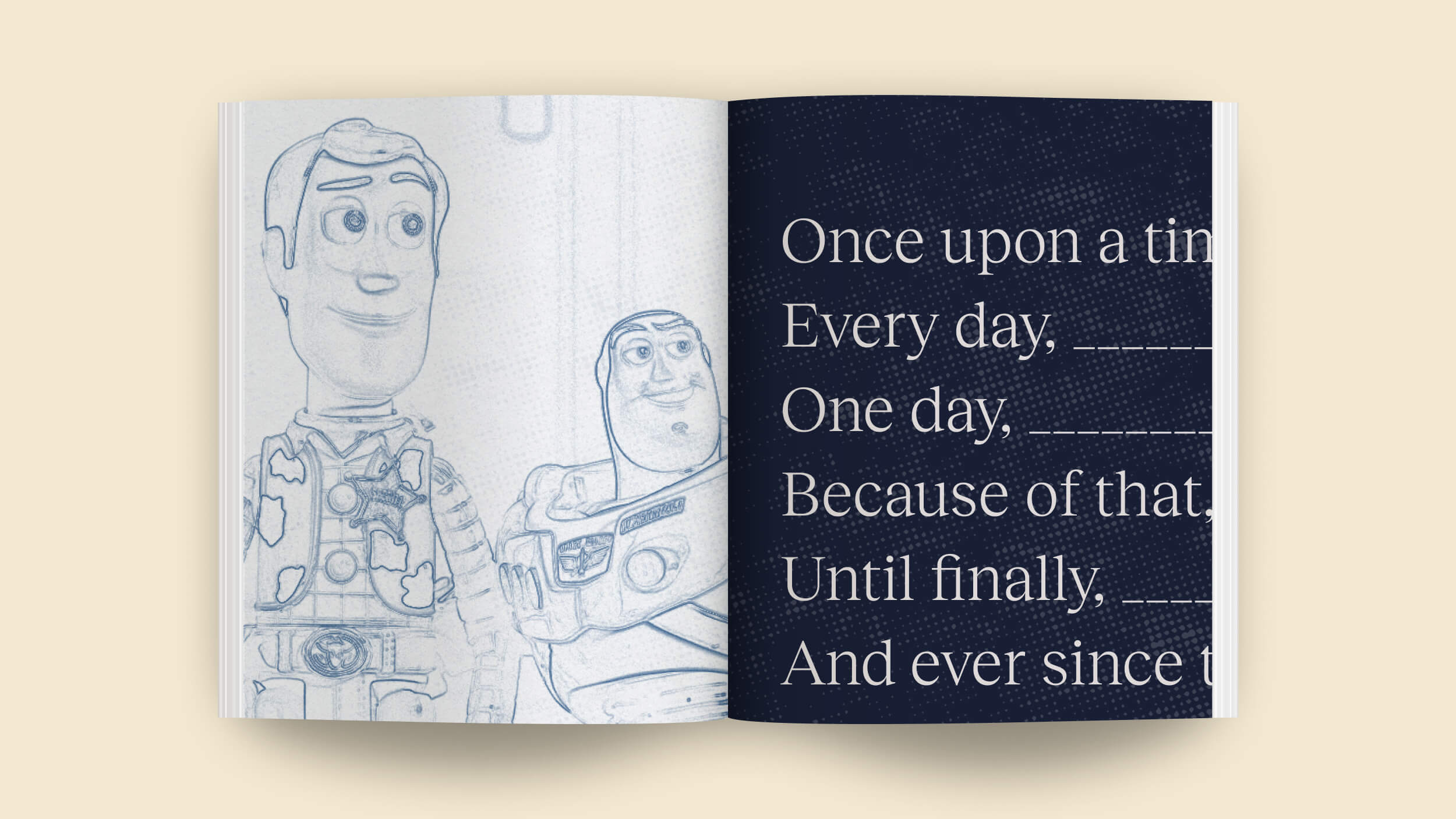Understanding game theory and probability-based strategy can help you win on the felt.
Question: What is the relationship between game theory and poker?
Barry Nalebuff: There’s a great example of game theory and poker that is from an economist colleague of mine named Randy Heeb. He teaches strategy and sometimes teaches with me at Yale.
It was I think 2002 when the World Championship, he was playing a fellow named Thomas Preston, who was probably better known as “Amarillo Slim” and they were playing the World Championship Heads Up, which is a form of Texas HoldEm.
It was €40,000 pot, which this day may seem small, but he was assistant professor, so it’s real money. And it turns out the top two people were Slim and my friend Heeb. Heeb have a pair of Knights, and based on the betting and the initial hands, he was convinced that Slim either had a King or an Ace on his hand, but not both.
Now, what happens next is three cards, or the flop, are presented, and then there is another round of betting. And Heeb had decided that if either a King or an Ace came out in the flop, he was going to fold, because basically the chances of the pair of Kings or Aces, which is too high. And clearly if Slim had a pair of King or Aces, Heeb stay in, he was going to leave with that kind of a hand.
The cards came out and there’s a 2 of Clubs and 3 of Diamonds and a King of hearts. And at that point, Heeb sort of realized, damn it, I’ve got big pot, I’m going to lose it, and his eyes just gave it away. He realized that he had not done a good job hiding his emotions, and at the same time, he also realized that Slim had looked into his eyes seeing that dejection and went all in.
At that point, Heeb said, “Ah, Slim wasn’t betting based on his cards. He was betting based on the fact that I was giving in, and therefore it means he had the Ace not the King, so he doesn’t have the pair and so he went all in and won.”
And it was this great analysis of, okay, what is he thinking, because if you truly have the pair then what he is happy about is the cards, not about my rejection and that wasn’t what Slim was betting on.
But, typically, poker players spend a lot more time watching the other players than they do watching their own cards and also that’s why a lot of people wear sunglasses.
Recorded on: Oct 2, 2008





